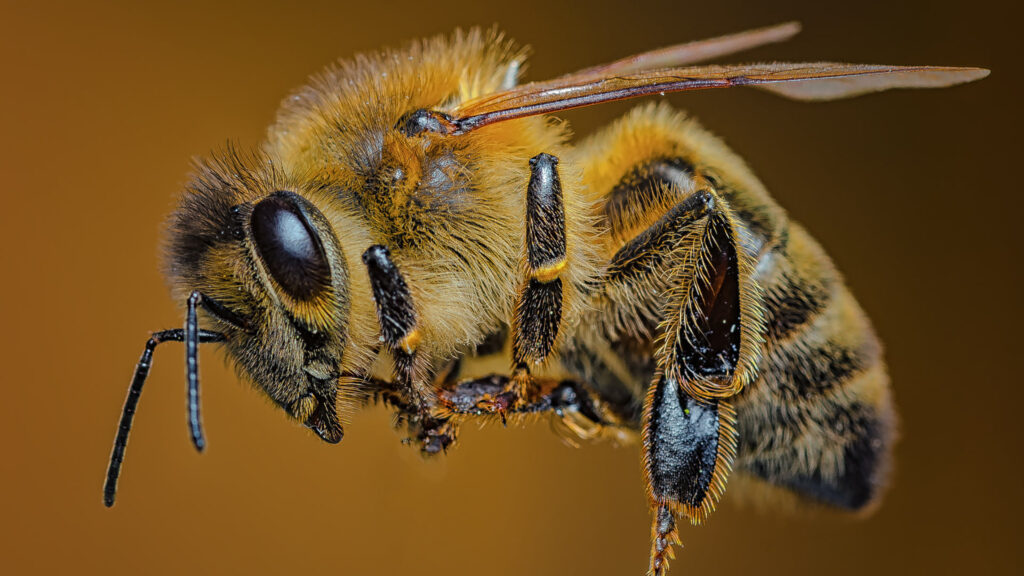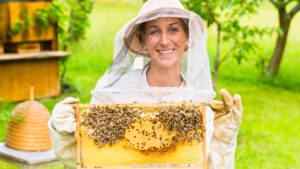In the ever-evolving world of technology, it’s not uncommon to see sophisticated tools transforming traditional practices. Beekeeping, a centuries-old craft, is no exception. A recent article within Popular Science showcases a fascinating convergence of technology and nature, revealing how innovative methods are being employed to advance apiculture. Specifically, involving use of QR codes—those ubiquitous black-and-white squares we’ve become accustomed to seeing on everything from restaurant menus to event tickets.
As detailed in the article, scientists and beekeepers are collaborating by adhering these QR codes on bees, with the aim of better understanding and tracking bee populations. This innovation presents a promising solution to monitor and study the movement and behavior of bees, potentially leading to groundbreaking insights. By assigning unique QR codes to individual bees, researchers can collect large amounts of data on hive health, foraging patterns, and how environmental changes impact bee behavior. This approach highlights a new frontier where small-scale technology meets large-scale ecological concerns.
“We also found that bees are foraging for a lot longer over their lifetimes than initially thought,” said Robyn Underwood, a Penn State apiculture educator and study co-author. Although honey bees are generally believed to live only around 28 days, Underwood said they saw “bees foraging for six weeks, and they don’t start foraging until they are already about two weeks old, so they live a lot longer than we thought.”
–Popular Science
One of the most compelling aspects discussed is the potential to use these insights for mitigating the drastic declines in bee populations worldwide. Understanding the nuanced behaviors and environmental interactions of bees could hold the key to reversing trends such as Colony Collapse Disorder. The ability to identify struggling hives before they collapse could empower beekeepers and agricultural stakeholders to implement timely interventions, thereby safeguarding essential pollinators and, by extension, global food security.
This marriage of technology and beekeeping also underscores a broader trend: the increasing use of data-driven solutions in agriculture and sustainability practices. It speaks volumes about the future of farming and environmental stewardship, where advanced data collection and analysis could assist in solving age-old problems.
The article opens up an exciting conversation about how other forms of modern technology might be applied within traditional agricultural methods. From drones to smart sensors, technology is poised to redefine not only beekeeping but agriculture at large.
In conclusion, this development described by Popular Science isn’t just about tracking bees with QR codes—it’s about building a bridge between technology and nature to ensure bees continue to thrive for generations to come. For beekeepers, researchers, and environmentally-conscious individuals alike, this is a story worth buzzing about.
Explore the full article on Popular Science to dive deeper into this cutting-edge intersection of tech and nature.



